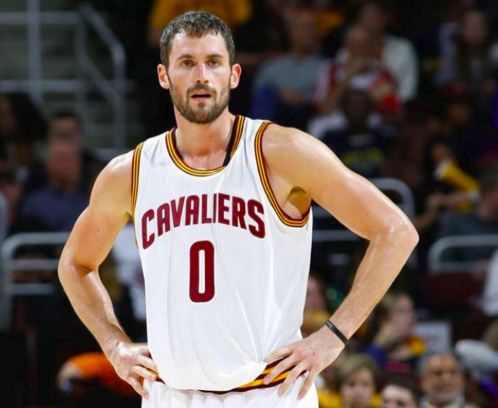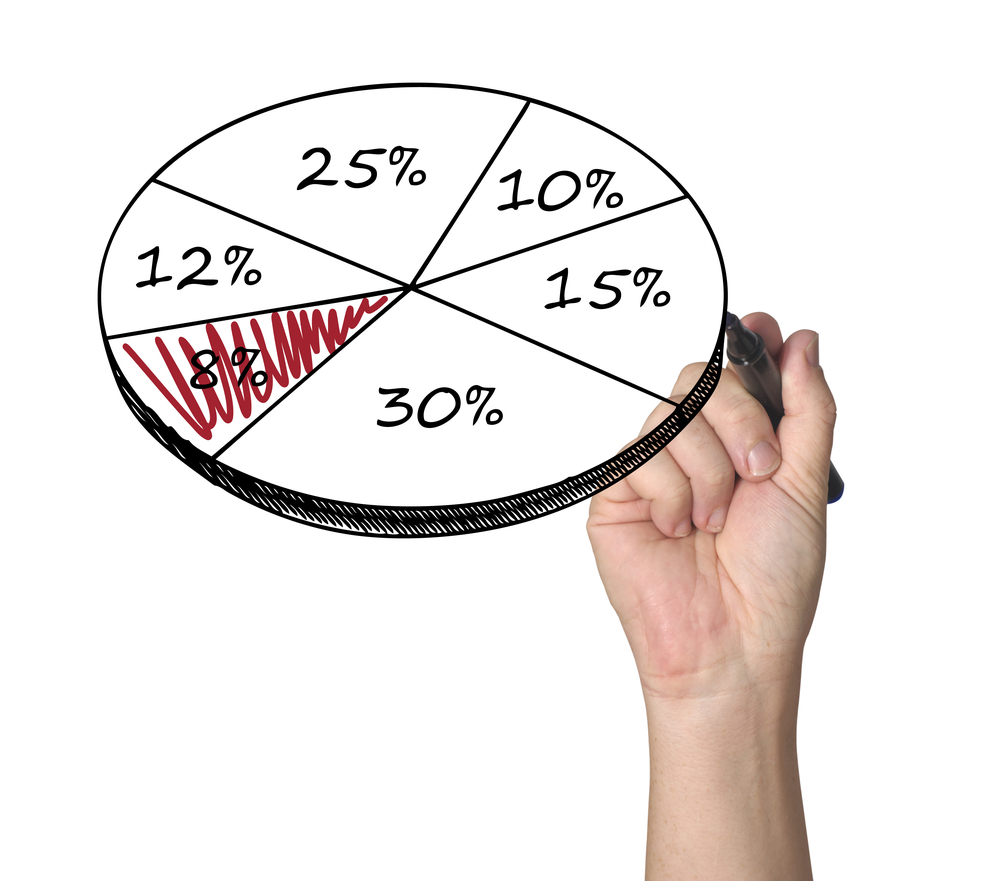This article is part of a series where I take a non-sports idea – typically a paradox or fun brain teaser – and relate to daily fantasy sports. Here’s a link to my author page if you want to find the previous ones.
Today, I wanted to talk about a paradox first brought by Aristotle that goes like this: “a man, being just as hungry as thirsty, and placed in between food and drink, must necessarily remain where he is and starve to death.” Or if you prefer a perhaps more illustrative example, from French philosopher Jean Buridan – a donkey is placed exactly between a stack of hay and a pail of water. From Wikipedia: “Since the paradox assumes the ass will always go to whichever is closer, it will die of both hunger and thirst since it cannot make any rational decision to choose one over the other.”
This paradox is usually discussed in relation with the concept of free will, but I do think there are some DFS truths in it. Specifically, we find what is called “analysis paralysis” here, or overthinking something so much that you never actually make a decision. I don’t know about you, but I’ve found myself in that spot a few times when it comes to DFS roster construction.
When I read this paradox about either the man or donkey, I immediately thought that the two ends for DFS players are safety and volatility. Of course, you need both in the DFS landscape – the former more in cash games and the latter more in tournaments. However, if you’ve been a DFS player for any time, you know that it’s not that simple. Sometimes in tournaments, and especially in large-field ones, you need both safety and volatility in the same lineup.
A lot of these articles have come down to our personal biases and how hard they are to overcome at times. Although you can read in articles all day that it is a +EV move to be contrarian and risky with your lineup in a tournament, it doesn’t make it any easier to do when you’re actually making lineups later that night. I’ll think about strategy and game theory and get ideas of grandeur all day, but when I actually have to stake my own personal money on embracing volatility, my biases and human need-for-comfort scream no.
Unfortunately, much like the donkey in our above scenario, fearing either side (safety and volatility) will often put our lineups in the dreaded 50th percentile or less zone just about every time. That area doesn’t help us as a DFS player – in cash games, you’re not profiting, and in tournaments, you’re nowhere near taking down a GPP. The fear of both sides (or deciding between the two) will eventually starve your bankroll to death.
There isn’t a perfect ratio of safety-to-volatility that you need to hit in every tournament. As JayCabay12 discussed earlier this week, it probably makes sense to be way contrarian in small slates and large-field tournaments. A user won a GPP in NFL DFS this past weekend rostering Chris Thompson at 0.6% ownership. Was Thompson a great play? Probably not, but you could argue that in such a large tournament and such a small slate, any player getting even a tiny amount of volume is worth the risk.

Of course, this user didn’t go 100% risky either. Antonio Brown was the highest-owned player on the slate and was included in this million-dollar lineup. What’s important to note from the above situation – although this isn’t really the point of that paradox, so I’m stretching here – is that you can be both safe and risky. In fact, that’s exactly what you’ll need to do to take down a tournament. The point I’m making isn’t to choose either/or; it’s to get out of the middle. The new millionaire didn’t stick to one side – in fact, he went as extreme as you can go, rostering an incredibly risky player in Thompson, while rostering an incredibly safe player in Brown.
I’m definitely more of a tournament player and as such talk a lot about that side, but this logic can be followed in cash games too. In a contest like a 50/50, you want to be as safe as possible. Sometimes this means leaving salary on the table – you don’t want to take a player that is $300 more just to zero out your lineup if it means less safety. You can call leaving salary on the table being “risky” in cash games, but I think that merely moving up solely for the sake of it is that dreaded middle zone – we’re paralyzed between safety and risk and end up taking the suboptimal play as a result of trying to please both sides.
In head-to-heads, it definitely makes more sense to embrace risk more than in 50/50’s. In the latter, you’re doubling your money regardless of the percentile of your lineup. However, in head-to-heads, your bottom line is directly related to the percentile of your lineup – on average, if your lineup is in the 96th percentile of cash-game lineups, you’ll win 96% of those contests. Does that mean taking Chris Thompson in cash is a good play? Of course not, but again, it doesn’t mean you’re paralyzed in the middle and end up with average plays.
I said above that there isn’t a safety-to-risky ratio that should be followed in tournaments, but I think there could be in time. It doesn’t make sense to take a guy like Thompson in smaller GPPs with larger entry fees – you’ll have the same unique lineup as you would in a large-field tournament, but because the field is smaller, you don’t have to necessarily take on that much risk. You can see that there’s some ratio hidden under the surface here, and it’s fairly intuitive, if not definable.
And until that day comes, I’m all about being constantly aware of our biases. That doesn’t mean they’ll go away or that it’ll become easier to stake money on highly risky lineups. However, being aware means that we can supersede them – we can be truly in control of our lineups and bankroll.





